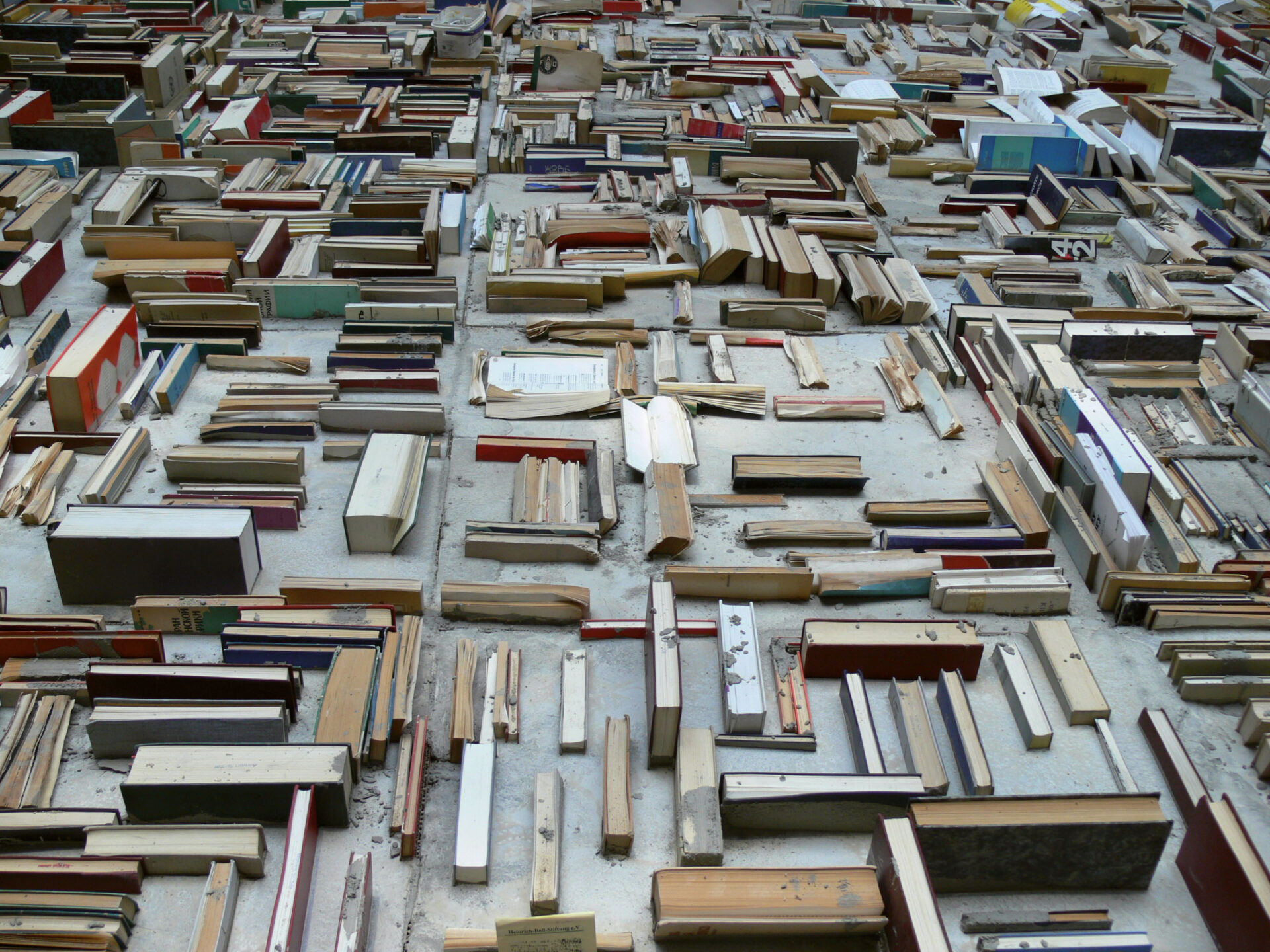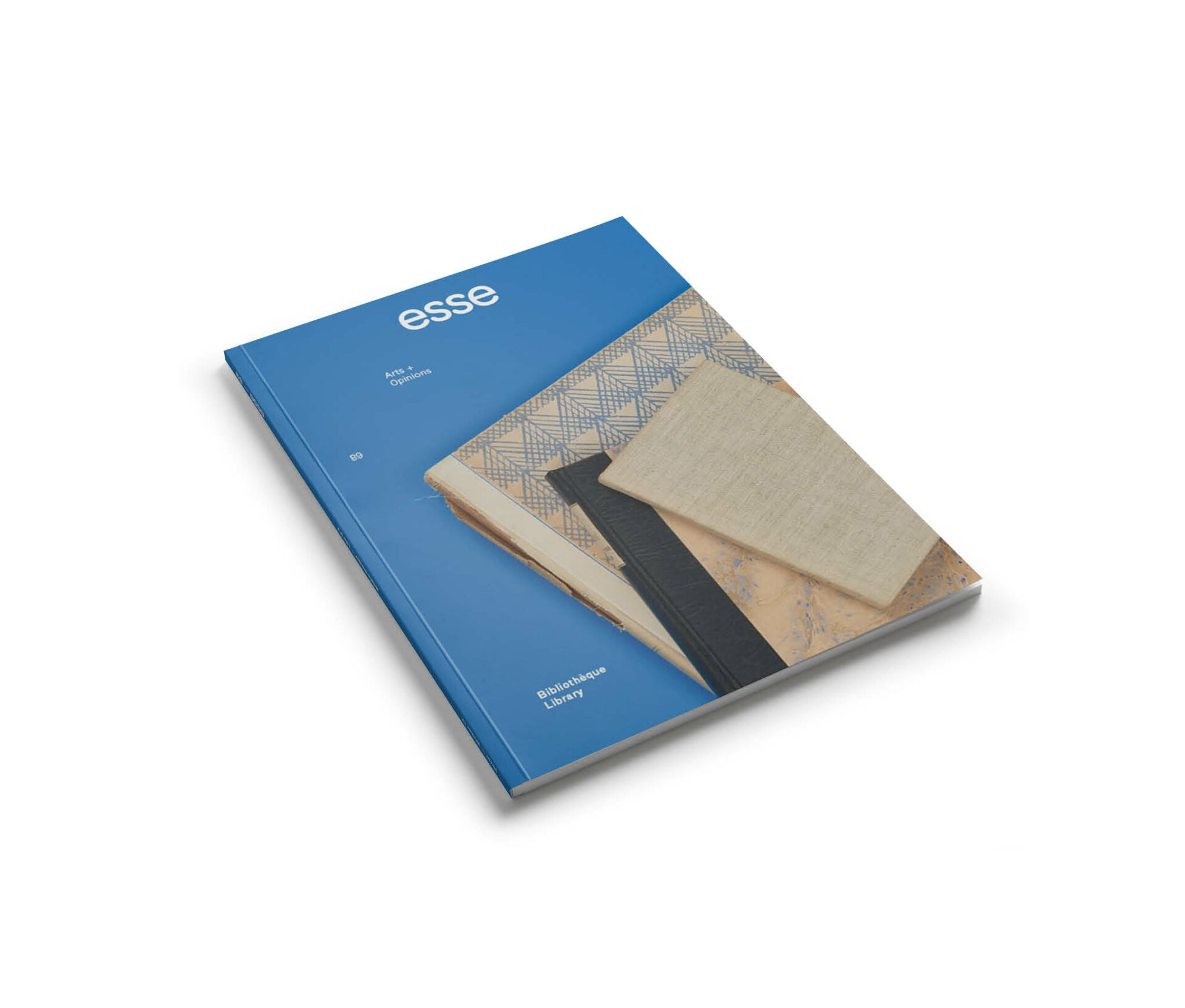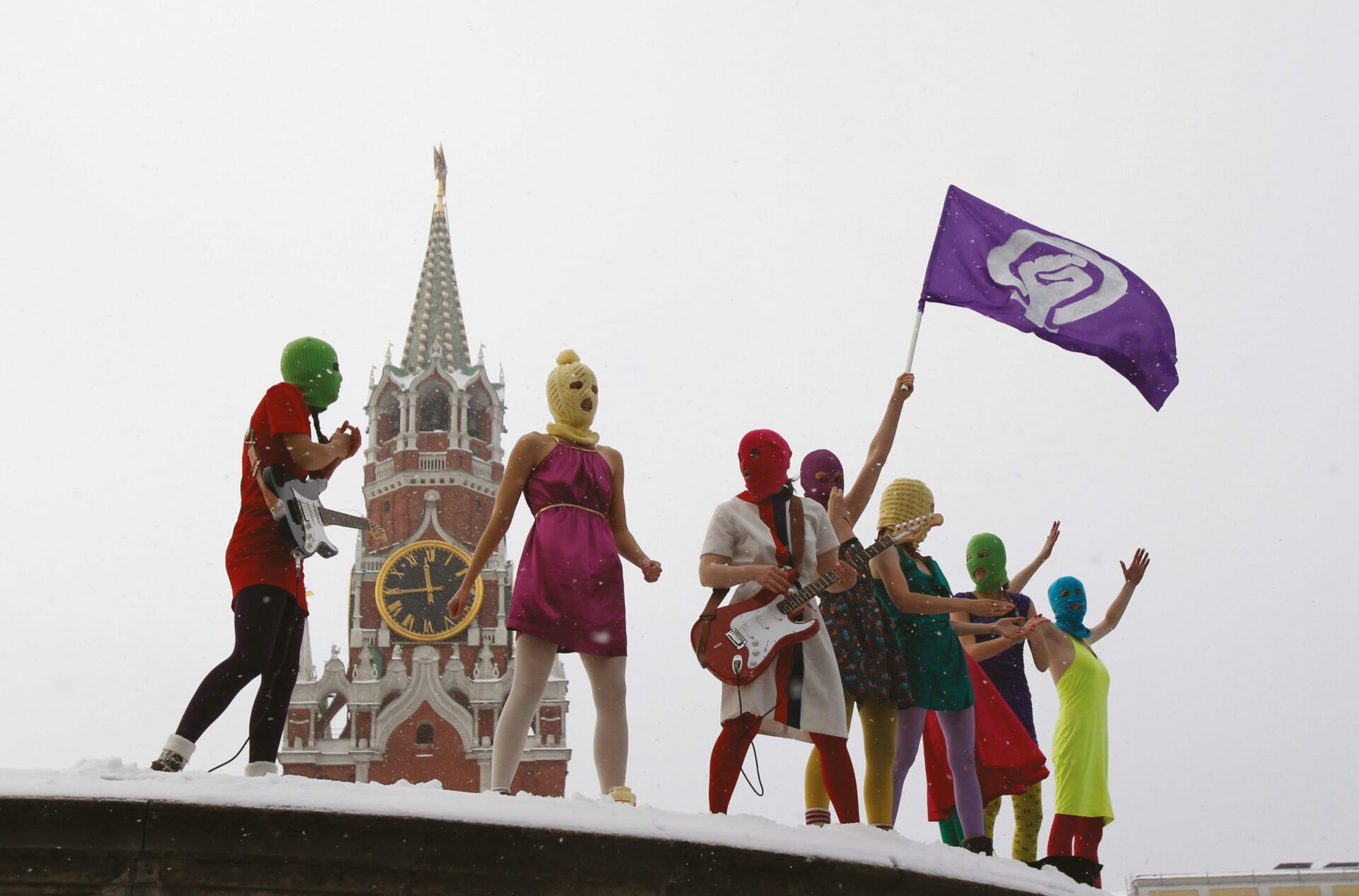
Photo : © Márta Rácz
The Library and the Reconstruction of Discarded History
Accordingly, knowledge consumers become at the same time knowledge producers (“prosumers”), who are increasingly finding the public library to be an ideal environment for their creations. Notably, this is not limited to high technologies and digital literacy alone. Although it is fundamental to the process of making accessible to many a range of (almost professional) apps for inventing, managing, and exploiting, it also applies to handcrafting, reading, writing, painting, and playing music. The valence of contemporary libraries as performative spaces also lies in their enabling the convergence of a diversity of expressive tools, encouraging experimentation and “hybridization” across different forms of creativity, producing new personal content that can be shared with the community.5 5 - Lawrence Lessig, Remix: Making Art and Commerce Thrive in the Hybrid Economy (London: Bloomsbury, 2008).




